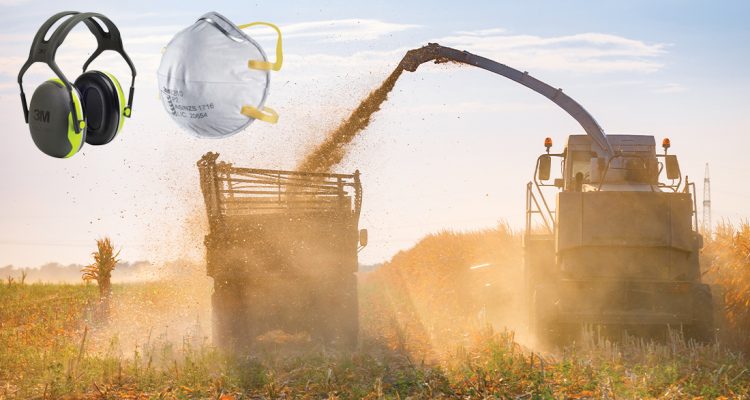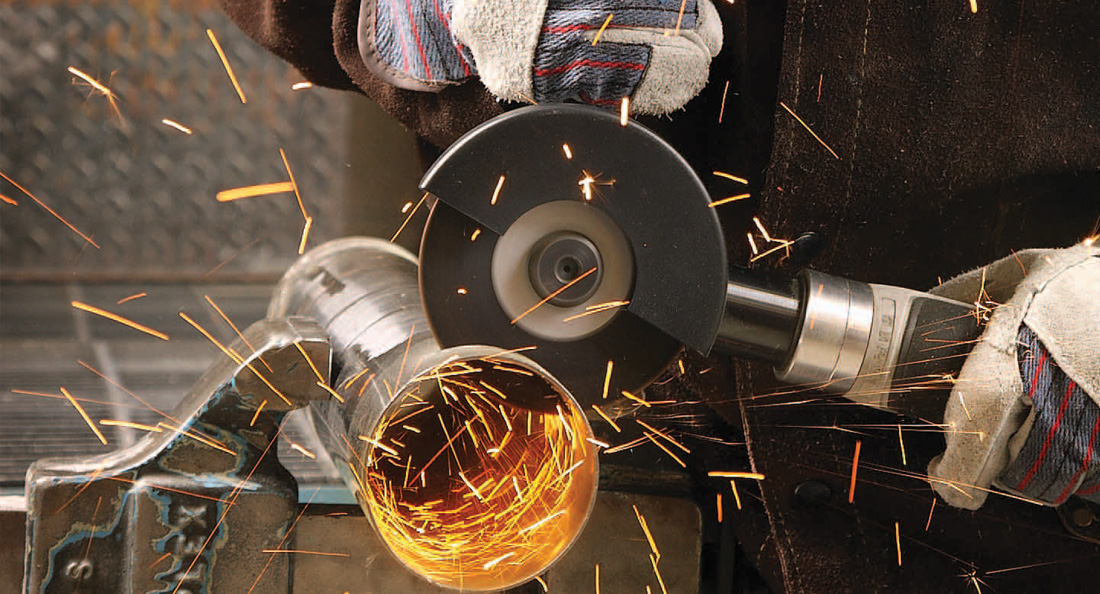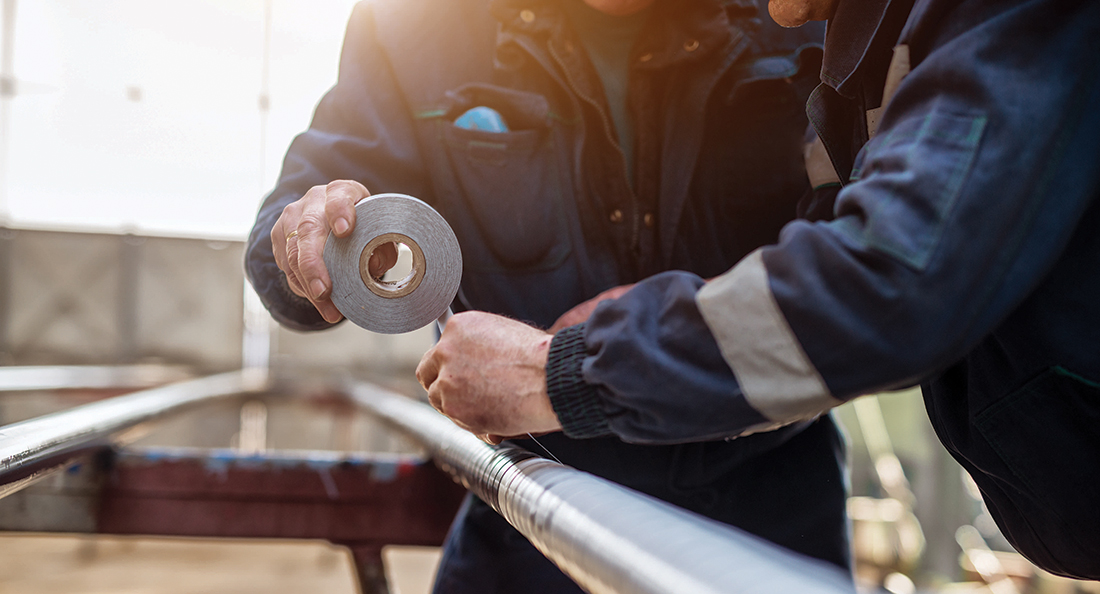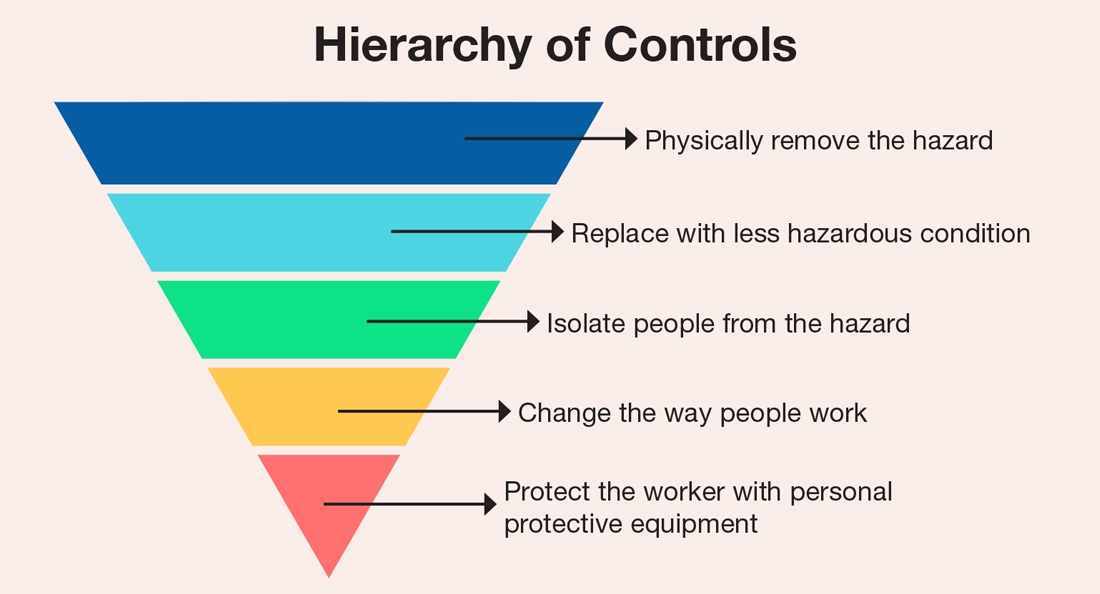Farms are the most dangerous workplaces in Australia, yet almost all hazards can be navigated with adequate safety procedures.1
According to 3M, respiratory disease and noise-induced hearing loss (NIHL) are among the most common health conditions affecting farmers. On top of this, air contaminants such as pesticides, dust, and vapours, are well known perpetrators when it comes to long-term reparatory illness. Agricultural settings also pose added risks such as mouldy hay and grain, hydrogen sulphide accumulation, and sump pumps.
Continual noise pollution from heavy machinery including tractors and grain augers can cause damage to the inner ear cells, which cannot repair themselves. According to a study published by the Australian Parliament, 65 per cent of farmers have measurable hearing loss.2
While there are a range of measures that can be taken to prevent these risks, such as rearranging areas to distance workers from machinery, personal protective equipment (PPE) serves as a critical line of defence against long-term injury or illness.
Respiratory health: What are the risks?
Organic dusts from silos, grain bins and balers often harbour pollens, microorganisms, bacteria, and toxins that can trigger an inflammatory response in the mucus membrane and respiratory tract. In addition, vapour from cleaning chemicals, pesticides, or fumigants can be rapidly absorbed by the lungs and cause serious, long-term health concerns.
3M™ Disposable Respirators
Most particle exposure can be limited by wearing a disposable respirator. The 3M™ 8210 P2 respirator offers lightweight and comfortable protection against dusts, mists, fumes and smoke.
The cupped shape and twin strap design allow for a secure seal over the mouth and nose, accommodating for a range of face sizes thanks to an adjustable aluminium nose clip. This allows for a proper fit and less pressure on the face, encouraging the wearer to keep the respirator on for longer periods of time when required.
The P2 rated filter is compliant with the relevant AS/NZ standards, providing filtration against thermally generated particulates, fumes, and smokes, as well as non-oily mechanically generated particles such as dust and mists.
The importance of hearing protection
Noise induced hearing loss is permanent, but entirely preventable. Usually, the impacts of working alongside loud machinery are gradual, and only noticed once it is too late. It can also lead to a range of detrimental side-effects including tinnitus, increased heartrate, muscle tension and fatigue.3
3M™ Peltor™ X Series Earmuffs
3M’s updated cushion foam technology offers the best acoustic seal from ambient noise levels and is easy to swap out with clean replacements.
Typically, higher attenuating earmuffs with greater noise protection require larger and bulkier cups. 3M™’s Peltor™ X Series Earmuffs are the exception – with a sleek and low-profile design and soft side cushioning, they are lighter and more comfortable for the wearer, promoting safer working practices for farmers on the field.
The X4 Earmuffs can attenuate up to 31dB (SLC80), and the slightly larger X5 Earmuffs provide SLC80 ratings as high as 35dB. A comfortable, electrically insulated (dielectric) wire headband provides safety and evenly distributes pressure, while carefully situated pivot points ensure optimum fitment.
References:
- https://www.betterhealth.vic.gov.au/health/healthyliving/farm-safety-risks-and-hazards
- https://www.aph.gov.au/parliamentary_business/committees/senate/community_affairs/completed_inquiries/2008-10/hearing_health/report/c02
- https://www.safeworkaustralia.gov.au/system/files/documents/1702/workrelated_noise_induced_hearing.pd




